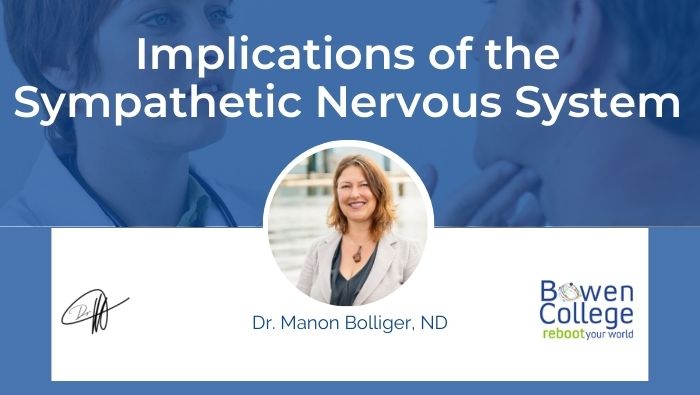In the last post, we explored the biology of the sympathetic nervous system. Among the things we learned was that neurotransmitters are released from the brain during times of stress, resulting in increased interleukin-1 in the hippocampus. As Steven Maier explains, “stress and infection activate overlapping neural circuits that critically involve interleukin-1 as a mediator.” (Azar, Beth, 2001, p.34)
The question we posed at the end of the last post, though, was what does all this mean for the issues concerning our discussion in this blog, concerning a new paradigm in health care that is sensitive to the mind-body connection and sees symptoms as expressions of a patient’s state, rather than manifestations of an invader needing to be suppressed.
The importance of this discovery is that not only does stress produce the expected “stress response,” it also produces exactly the same behavioral changes seen in the “sickness response, including: decreased food and water intake, decreased exploration, and physiological changes, including fever, increased white blood cell count and activated macrophages.
This means that what we may perceive as emotional or psychological stress affects our body in the same way as if the body was experiencing stress from a physical or biological source. As Maier noted: “These animals are physically sick after stress. You see everything you see with infection.”
Study of the sympathetic nervous system, therefore, goes a long way in revealing the importance of not neglecting the mind-body connection in doctors’ assessments. Further insight along these lines comes from understanding the hypothalamic-pituitary-adrenal axis. We’ll address it in the next post.









